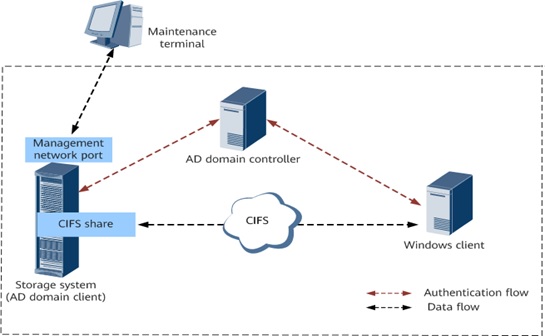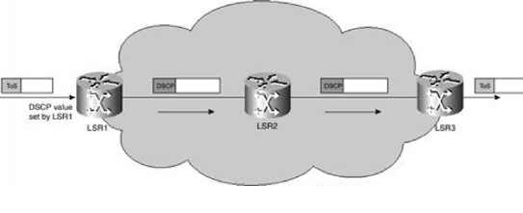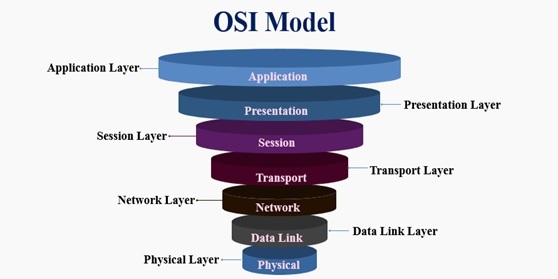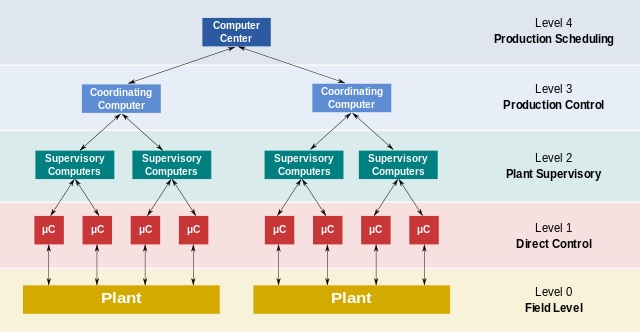Common Internet File System (CIFS)
The Common Internet File System (CIFS), also known as Server Message Block (SMB), is a file sharing protocol that enables remote clients to access files and printers on a server over a network. It was developed by Microsoft and is widely used in Windows environments, but it is also supported by other operating systems such as Linux and macOS.

Figure 1. Common Internet File System (CIFS)
Figure 1 shows Common Internet File System (CIFS). Following are the important characteristics or features of the Common Internet File System:
- File Access: Clients can easily open, close, read, write, and seek the files over the network.
- Authenticate Transfer: A client can easily create one or more secure contexts over the network so that there is no chance of data loss.
- Resource Access: A client can concurrently access the one or more shared services on the target server.
- Transport Independent: This protocol does not need any external protocol for passing the SMB messages between the client and the server.
- Extended Attributes: Common Internet File System supports those attributes which come under the non-filesystem.
- Flexible Connectivity: A single client can easily make one or more networks to each server.
- Notification: When the file content is modified by the client or any user, then the server notifies or specifies the modifications.
- Safe Caching: This protocol enables the client or user to cache data for better performance.
- File and record locking: This protocol supports the locking for files and records. So, due to this, it does not allow another person for writing or opening the files.
CIFS/SMB is a client-server protocol, where the client requests services and the server responds with the requested services. It provides several advantages over traditional file sharing methods, including:
- File sharing across platforms: CIFS/SMB is supported by multiple operating systems, which allows files to be shared across different platforms without the need for specialized software.
- Centralized storage: CIFS/SMB allows files to be stored on a centralized server, which can be accessed by multiple clients simultaneously. This reduces the need for local storage on each client and simplifies data management.
- Improved performance: CIFS/SMB uses caching and other techniques to improve performance, which allows files to be accessed quickly over the network.
- Scalability: CIFS/SMB can scale to support large networks with multiple servers and clients, making it ideal for enterprise environments.
- Security: CIFS/SMB provides security features such as authentication and access control to protect files and ensure that only authorized users can access them.
CIFS/SMB is widely used in Windows environments, where it is the primary protocol for file sharing and printing. It is also supported by other operating systems, which allows for interoperability across different platforms. However, CIFS/SMB does have some security concerns, and it is important to configure and manage it carefully to ensure that it is secure and performs well.
References:
- https://forum.huawei.com/enterprise/en/what-is-the-cifs-protocol/thread/859811-861
- https://www.javatpoint.com/cifs
Cite this article:
Hana M (2023), Common Internet File System (CIFS), AnaTechMaz, pp.102















